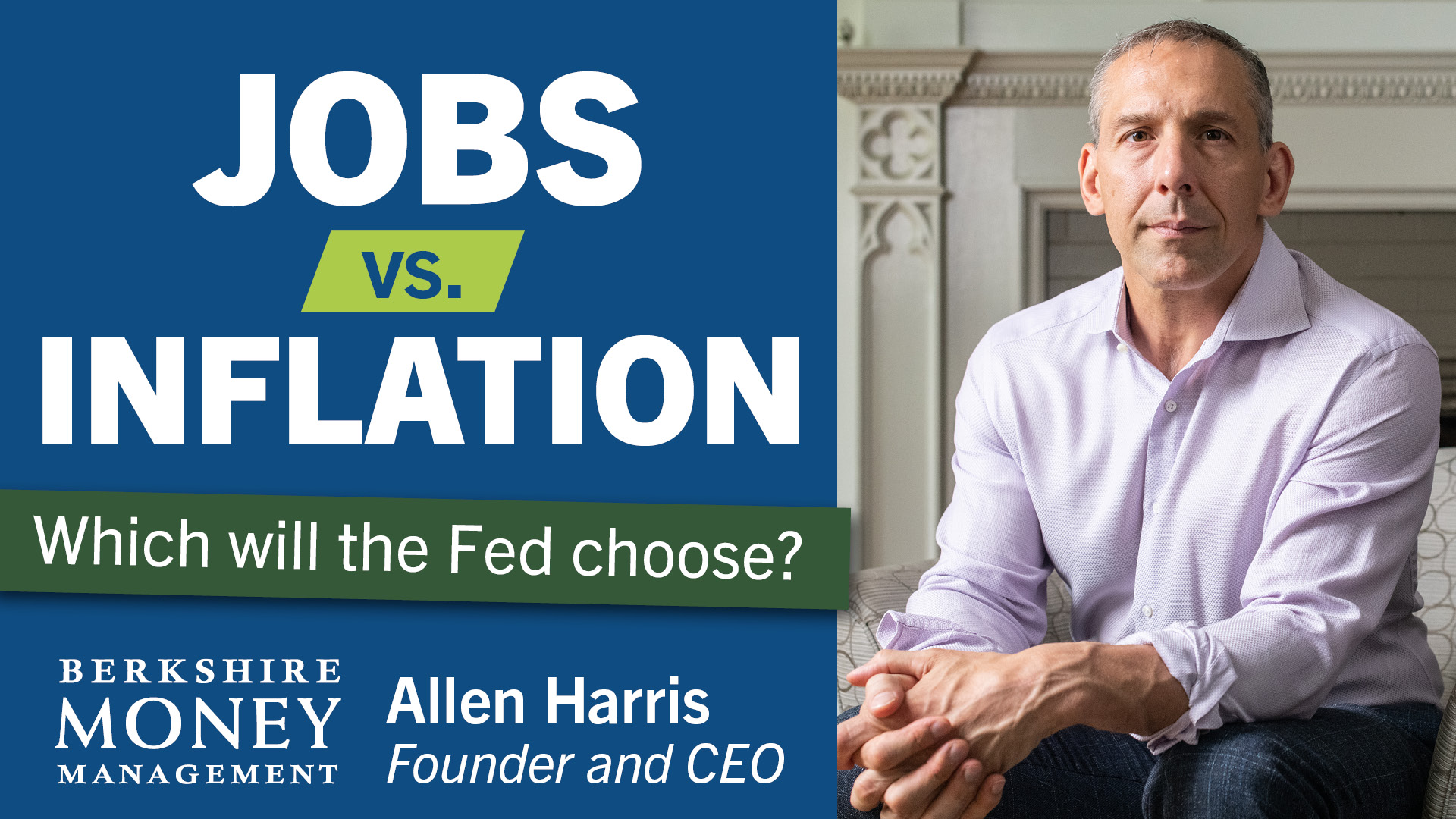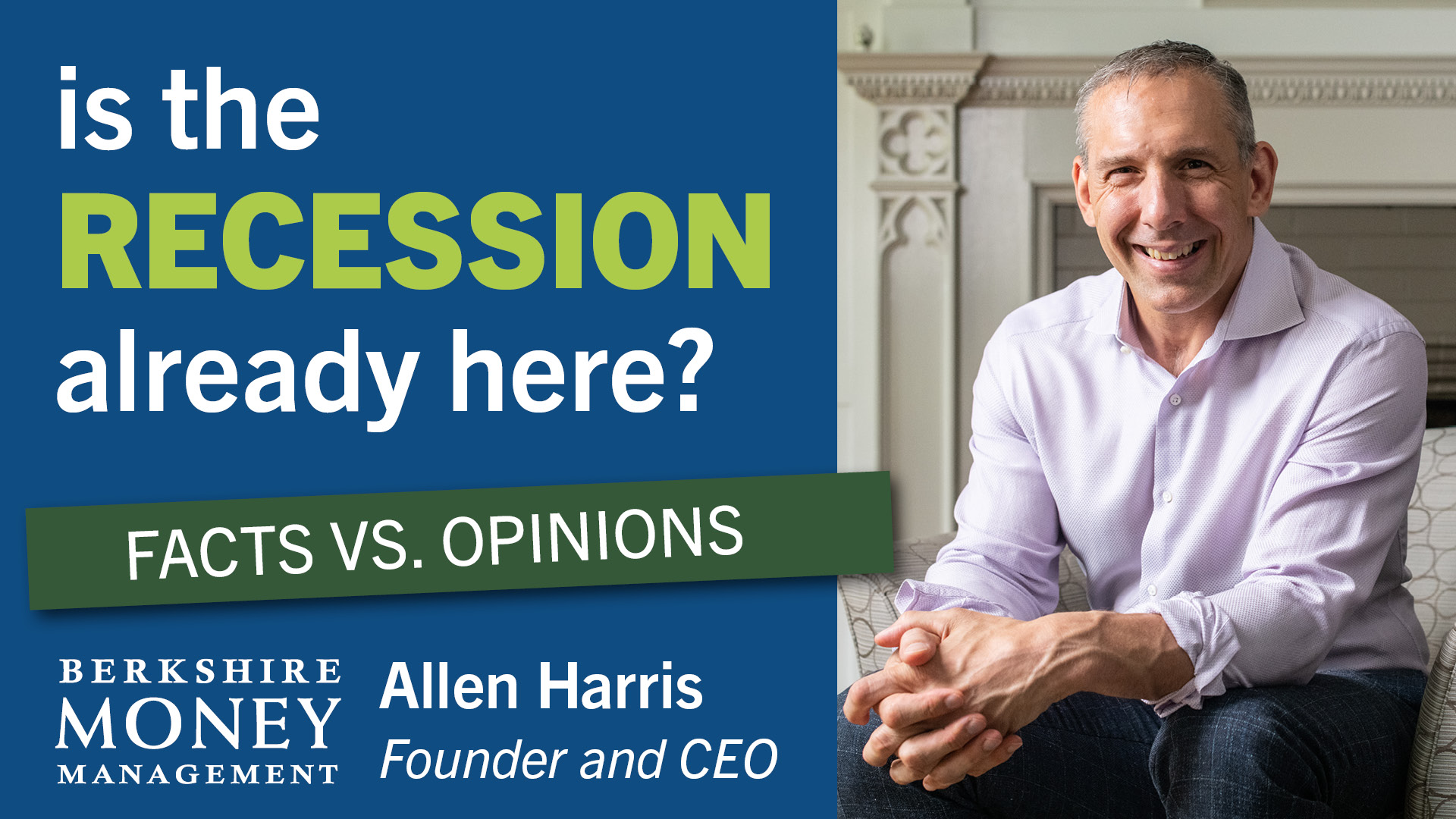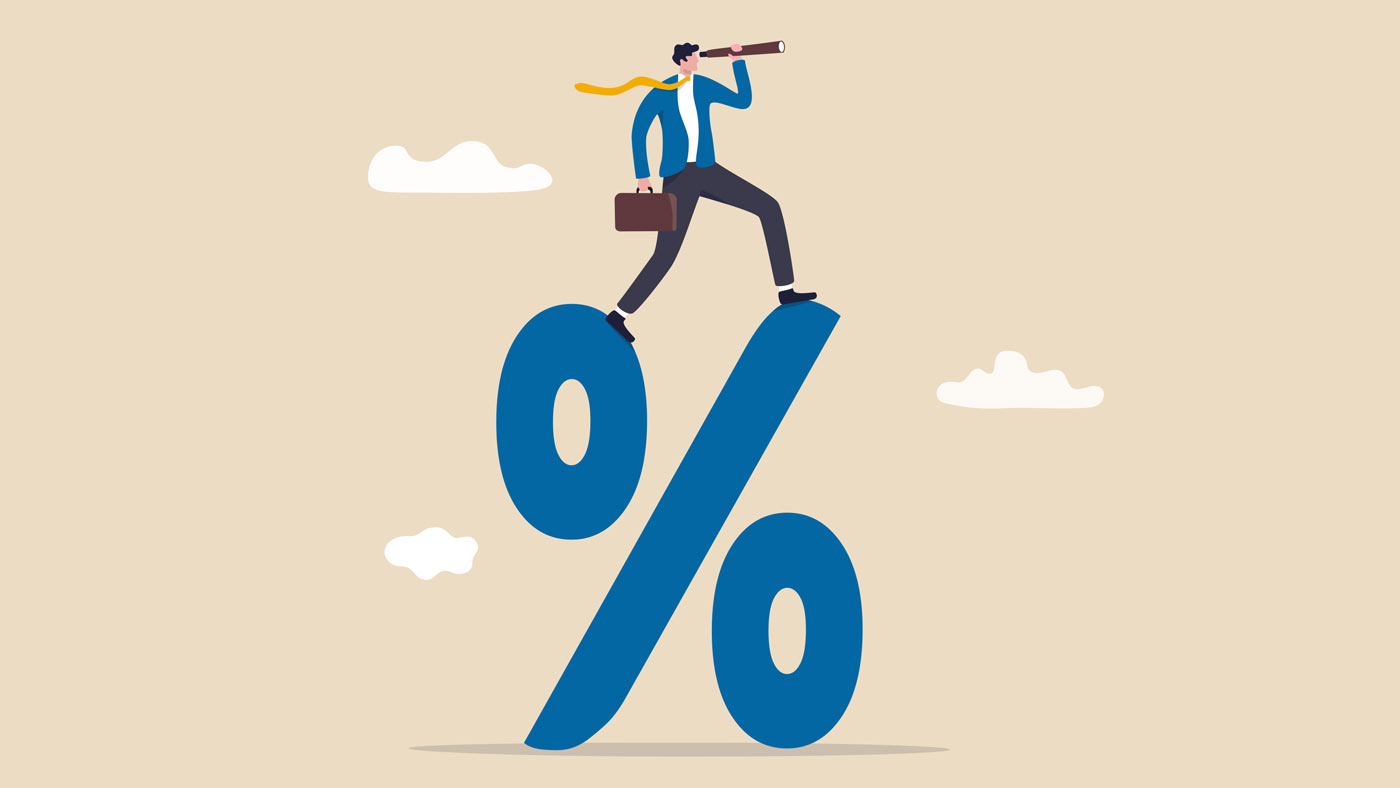How the Berkshire economy emerges from the pandemic
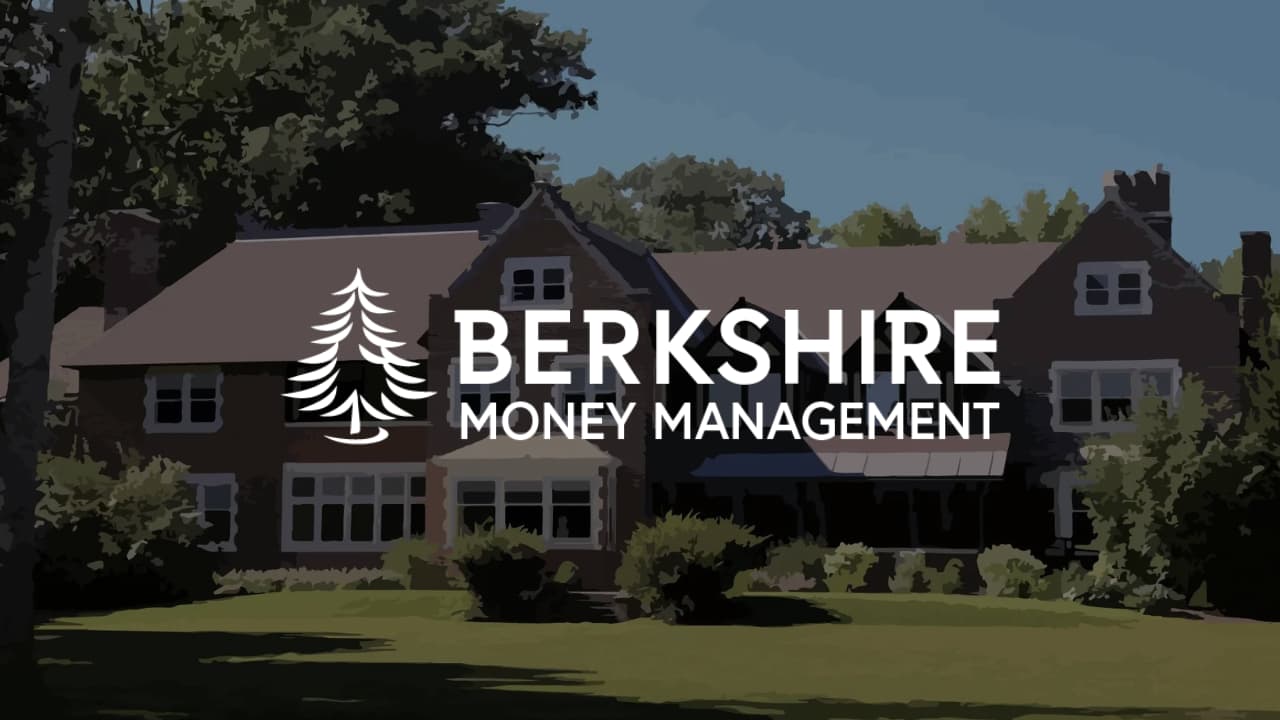
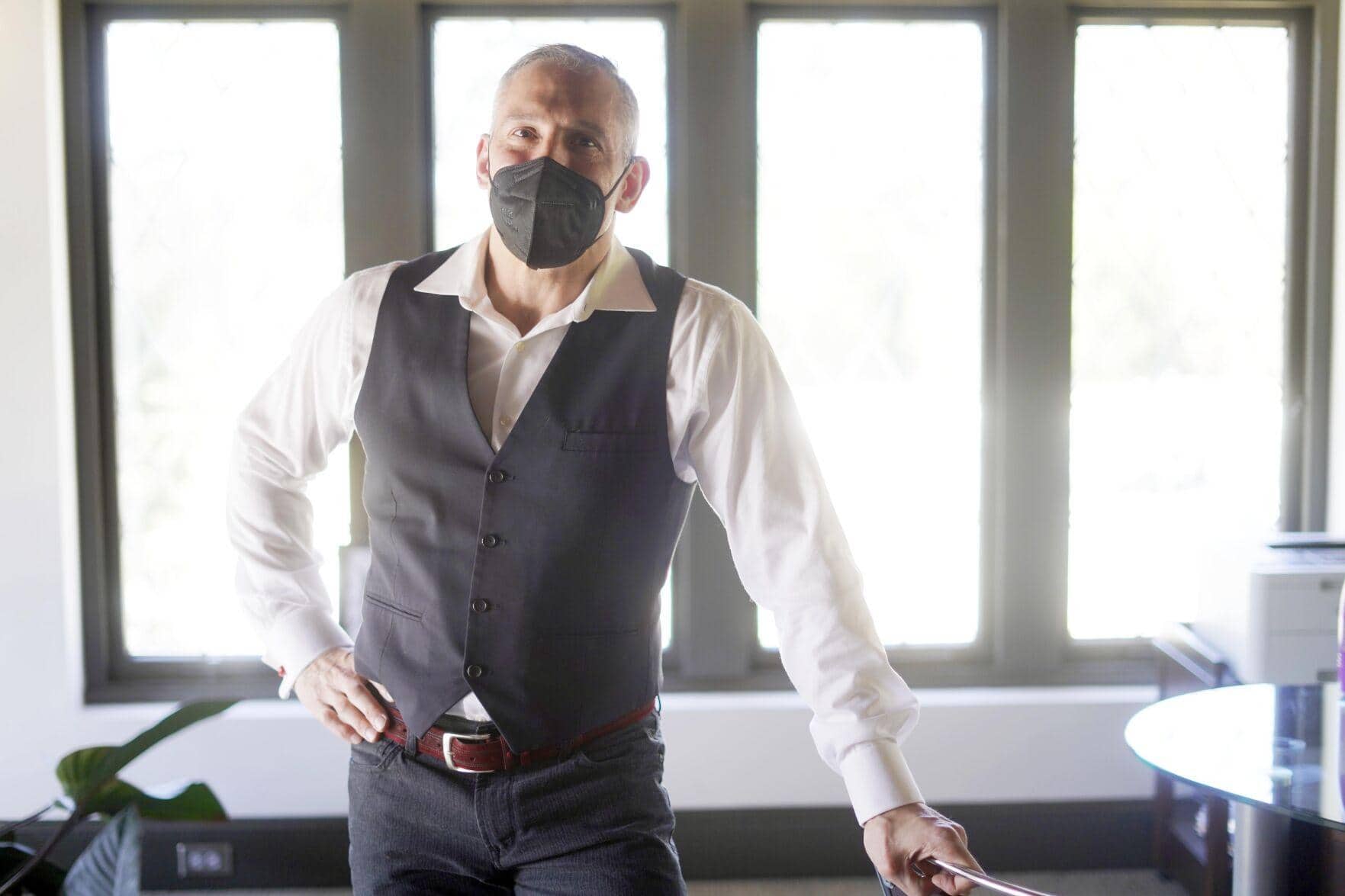
On March 11, 2020, the World Health Organization (WHO) declared COVID-19 a pandemic, and the economy rapidly changed for the worst.
The impact on Berkshire County was larger than that of the nation. According to Moody’s, the gross metro product of Pittsfield was down 6 percent in 2020. That compares to a 3.5 percent decrease for the United States’ gross domestic product (GDP). On a relative basis, employment in the Berkshires fell more than the nation and has been recovering more slowly.
Notably, payrolls in the vital tourism sector are down significantly. According to Google Community Mobility Reports, 2021 year-to-date traffic is down 23 percent for restaurants and retail in the Berkshires compared to last year.
How will the Berkshire County economy emerge from the pandemic? The recovery will occur in three overlapping phases. The first phase has begun and is tied to an easing of restrictions. The second phase is connected to vaccination progress and strikes a balance between lingering fear and pent-up demand. The third phase acknowledges new consumer behaviors and buying habits.
The Berkshire economy will be booming this summer, compared to last year. However, government restrictions aimed at keeping us safe will continue to limit the ability of consumer spending on many services. During this pre-post-pandemic phase, the county will recover more slowly than the nation. The Berkshires rely on tourists who flock to our hotels, restaurants and downtowns when visiting such venues as Tanglewood and Jacob’s Pillow.
On March 22, the commonwealth began Step One of its Phase Four reopening. Previously closed stadiums and arenas will be able open to 12 percent capacity. Gathering limits for public events increased to 100 people indoors and 150 people outdoors. Showplaces could get the go-ahead by June to allow 100 percent capacity (though that seems ambitious). If not, potential visitors who could not secure show tickets will make other plans. Nonetheless, tourism will be robust compared to last year.
The Berkshires will benefit as a substitute location to international travel, which will continue to suffer due to restrictions and fear. Google mobility data does show that year-to-date 2021 visitations to parks, waterways and public open-air plazas have been up dramatically in the county. It won’t be enough to replace the smaller number of tourists. However, pent-up demand will support sales volume even with fewer customers.
Individual businesses will need to look different than they did in 2019. The key is going to be that you provide visible hygiene and safety protocols. Coordinators of open-air events will be busy. So will restaurants, which should set up online reservation programs or risk having patrons wait, huddled around each other, making the restaurant appear “COVID-dirty.” That would scare off returning customers.
The second phase of the recovery will occur when the pandemic feels less risky but still weighs heavily on people’s minds. In response to that lingering fear, people will continue to flee urban density and move to the Berkshires. According to a March 8 USA Today article, Pittsfield could become one of the “biggest winners” as more Americans work remotely. The publication complimented Pittsfield as a “vibrant art community” with “lots of green space.”
The housing trend was ignited out of fear but will continue out of pragmatism. People don’t have to work at their cubicles anymore. They can buy a house in the Berkshires at a fraction of the cost of renting an urban apartment. These are new customers for every industry in the Berkshires — information technology companies that set up home offices, food services, entertainment, health care and financial services. Homebuilders and the banks that finance the building will benefit significantly. Single-family housing construction permits were up substantially in 2020 over 2019. I expect construction to double in 2021 and maintain that level through 2025.
The third phase of the recovery depends on corporate management. The companies that learned to adapt during the pandemic will fare better against their national competitors. Others are fragile zombies, kept alive by Paycheck Protection Program (PPP) loans. Those businesses that have not adapted to new consumer behaviors and buying habits risk permanent closure.
To get customers to continue their habits of patronizing a business, the company needs to adjust to the buying preferences of the 21st-century shopper. Companies that have not digitized to provide sales and delivery through their website will lose customers to their national competitors. This was always going to happen, but the pandemic accelerated trends that were already in place. The competitive advantage a company would have had in 2019 has now become a necessity.
If local organizations manage themselves well, post-pandemic economic growth for the Berkshires has an opportunity to level up to a higher trend. If they don’t, they’ll shutter, and jobs will be lost.
For the past 35 years, the Berkshires has had limited growth drivers. The county now has an opportunity to steal away international travelers and attract new residents, stalling its persistent population losses.
This article originally appeared in The Berkshire Eagle on April 3, 2021
Allen is the CEO and Chief Investment Officer at Berkshire Money Management and the author of Don’t Run Out of Money in Retirement: How to Increase Income, Reduce Taxes, and Keep More of What is Yours. Over the years, he has helped hundreds of families achieve their “why” in good times and bad.
As a Certified Exit Planning Advisor, Certified Value Builder, Certified Value Growth Advisor, and Certified Business Valuation Specialist, Allen guides business owners through the process of growing and selling or transferring their established companies. Allen writes about business strategy in the Berkshire Eagle and at 10001hours.com.


